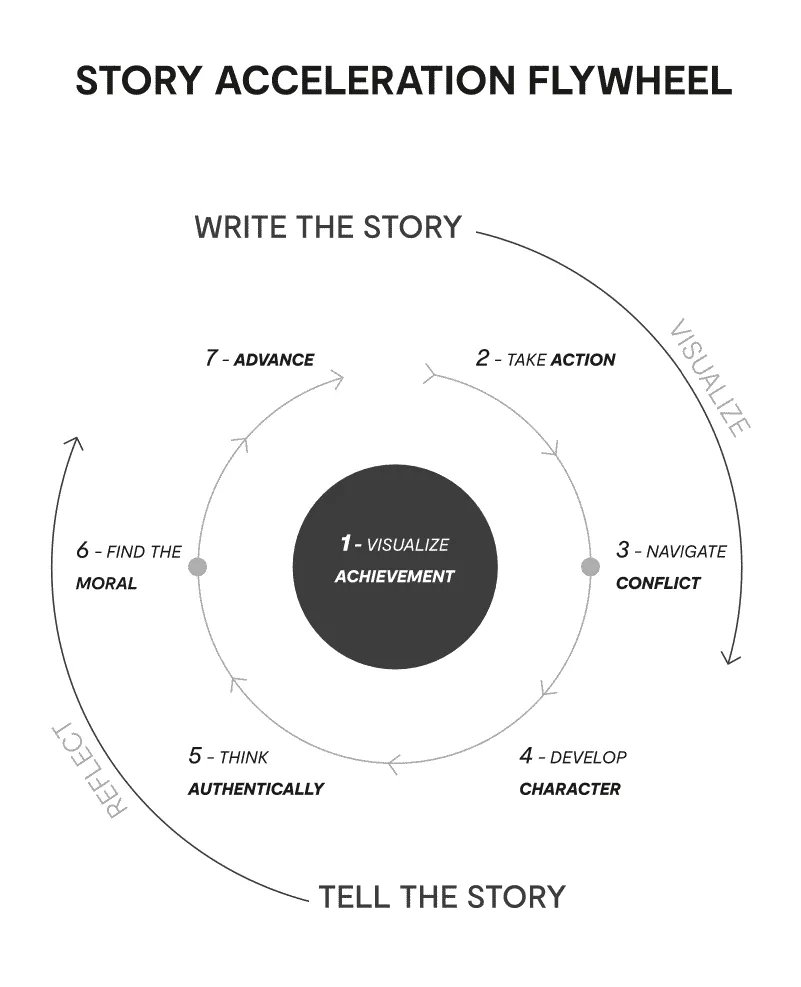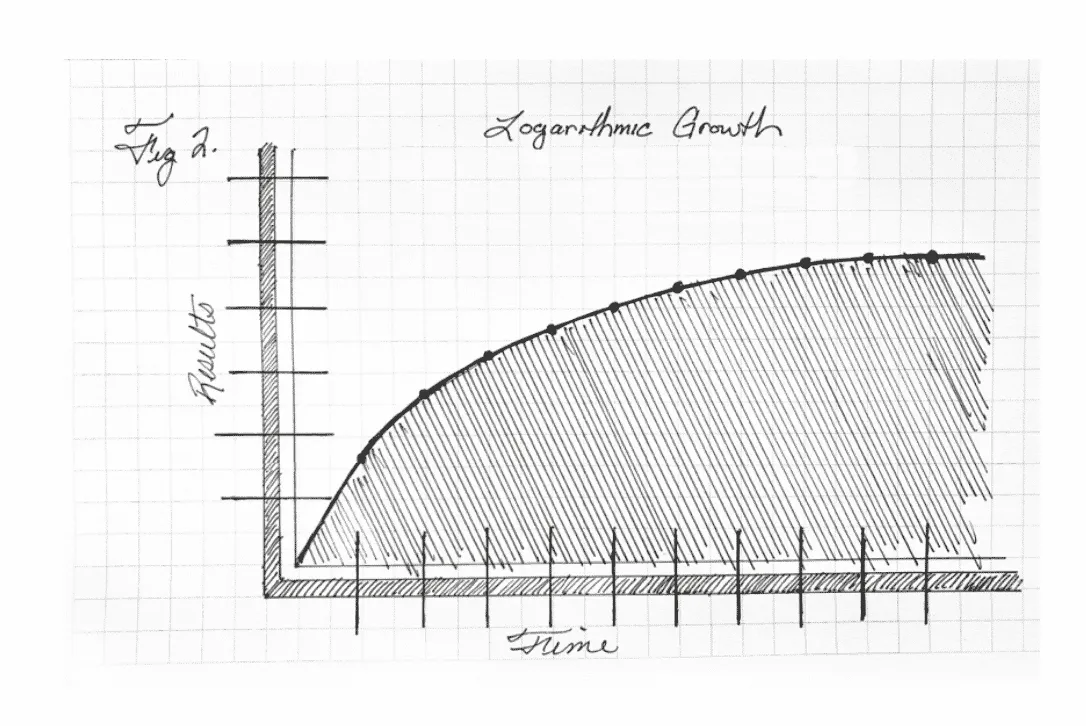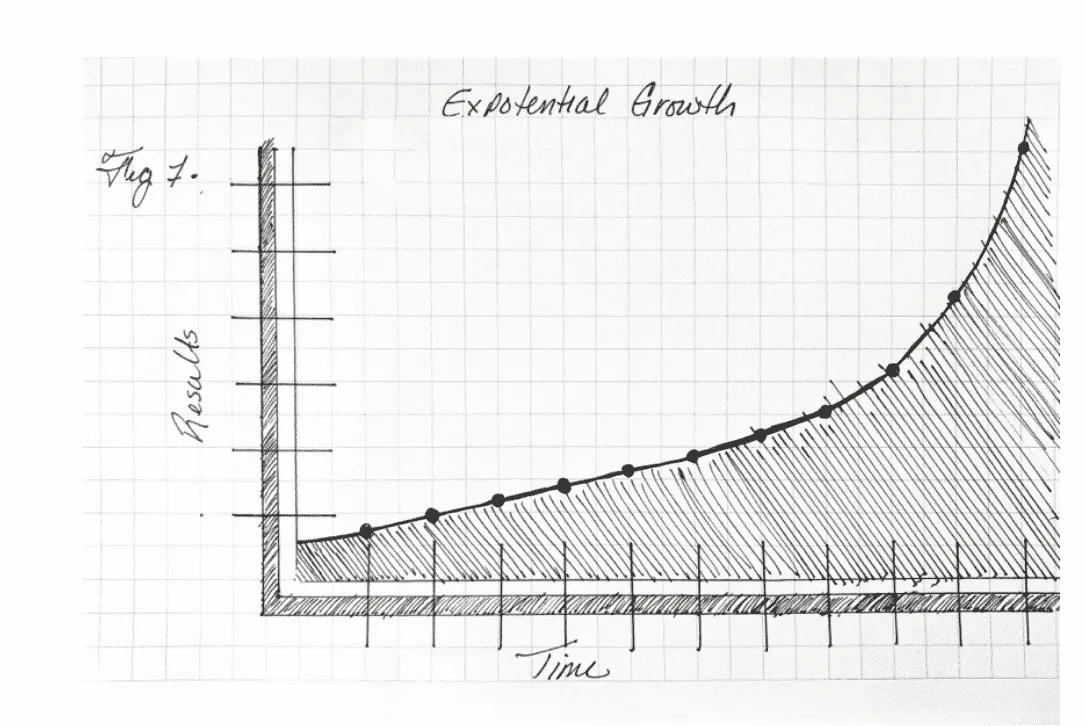
09 Dec What is Story Acceleration™?
Recently, I launched a book titled, FLY: Take your Business to New Heights using the 7 Powerful Steps of Story Acceleration. Available on Amazon.
This is the first of a number of excerpts taken from the book and released as Blog articles.
WHAT IS STORY ACCELERATION™?
Story exists to help us make sense of everything. It’s designed to be a tool to guide us and ultimately advance the human race.
But story is only an accelerator by nature, whether in a positive or negative direction.
If my friend tells me a story about a product or service she loves, I will most likely check it out. If she tells me a story about a movie that gave her nightmares… I will most likely avoid it.
If I fabricate lies about someone behind their back (gossip), we both will be accelerated into negative situations. But if I tell the truth (out of love), everyone will ultimately accelerate in a positive direction.
The more compelling the story, the more influence it will have. The more truthful the story, the more long lasting the influence.
The power cycle of a story essentially has two halves: the creation, the writing of the story and then the telling the story. The full power of a story is only realized when it is told. Many stories never reach their full potential because they are weak in the creation phase, or they are told ineffectively (or not told at all).
The framework we call Story Acceleration increases effective growth while decreasing the time it takes to achieve said growth. Story acceleration allows you to grow stronger (and achieve more of your dreams) in a shorter period of time
In short, it is the process of creating (living) better stories, and then telling them more effectively in order to positively influence ourselves and others to make meaningful progress more quickly.
Let’s take a look at the Story Acceleration flywheel. We use a circle to visualize this framework because stories tend to repeat themselves in some way or another.

While visualizing the story for what it could be (what we might achieve), we then move to action. This is where we put in the work.
When we take action, we inevitably encounter conflict and usually many types of conflict which tempt us toward fight or flight.
Conflict provides us with the opportunity to make principled choices based on our character, and consequently further forms our character: who we are, what motivates us, how we respond in various situations.
As we finish the first phase of writing (living) the story, we move to the second part on the flywheel where we reflect on what we have achieved, what we have learned.
By reflecting and beginning the “telling” phase with a focus on authenticity, we are essentially saying “Let’s be real” and “What could we have done better?” Authenticity frames our thinking around truthful discovery and accurate representation which ultimately guards and protects the power of the story.
This allows us to uncover the true moral to the story. The answer to the “why” question.
Finally, how we will apply the lessons learned determines how we will effectively advance. This includes answering practical questions regarding how to tell the story such as:
1. Who needs to hear this?
2. What format / style (video, written, in person)?
3. When will it be told?
4. Where will it be told?
As our assessments become more accurate, and we intentionally make improvements in both the story creation and the telling, we are adding energy to the feedback loop and thus we accelerate our effective progress!
But if we are not intentional about every step in the cycle, we simply spin our wheels, failing to gain traction, or worse, we accelerate in a negative direction.
Our daily story potential is like breathing. All of us are breathing every day, usually without giving it any thought. But by intentionally breathing deeply, in through the nose, out through the mouth, especially in moments of conflict, our heart rate slows, we think more clearly, we feel more deeply, and our daily life improves.
The key is intentionality.
The Compounding Effect
Before we get into the breakdown of each Story Acceleration Step, I really want you to understand what’s at stake here with the story you’re writing every day, week, month, and year.
We tend to naturally picture growth and loss as a linear progression, but it rarely is! It’s almost always logarithmic, exponential, or a combination of both.
As it relates specifically to growth, author Scott Young did a wonderful job explaining these two types of curves.
Young explains that while logarithmic growth curves grow quickly at first, the results, the gains, decrease over time. They become, in fact, more difficult to maintain.

Exponential growth curves, on the other hand, grow very slowly at first. Then, as time goes on, the results increase rapidly and become easier to maintain!

Neither type of growth is inherently good or bad. However, both types of growth carry very different emotional qualities.
Logarithmic growth curves can be frustrating after the initial spike and make us hungry for increase or breakthrough. When we experience exponential growth, on the other hand, we’re often bored for a long time, but then become very excited once we realize we’re speeding up. The trap is to see the acceleration as the “new normal” and accept a false sense of security.
The reason for the exponential movement, either up or down, can be found in the impact of the stories that are written, understood, and told prior and during the growth.
Remember what Story Acceleration is: the writing and telling of stories which increase in value with every chapter. We’re writing and telling these stories to both ourselves (what we believe is reinforced by what we experience), and to others (authentic marketing, recruiting, brand awareness, creating a movement, etc.).
Writing and telling epic stories can be defined another way: create immense value, and confidently and authentically show/offer this value.
When we create immense value, it’s easier to show and tell this story because people want to see it, hear it, feel it… and ultimately, share it.
This is why Story Acceleration (when leveraged properly) compounds your growth. It naturally pulls upward into an exponential curve. The trick is to be patiently persistent. Just like we see with compound interest building our money, it often takes longer than we’d like to learn and apply the lessons from our stories and to experience the acceleration.
Conflict in our stories creates resistance to the growth curve. While we are fighting these battles, time can temporarily outpace the growth. But during this time, intentionally leaning into Story Acceleration allows us to grow the muscle needed for the next upward push.
If we don’t fight the battle, however, if we don’t learn the proper lessons and adapt and or reinvent, we will plateau and start dying inside. This can happen quickly if we (and those around us) believe our story to be turning irredeemably tragic.
We often see this in the life of a drug user. First, they lose their control over drug usage. Then they lose their job, their family, their positions, their freedom or even their life if they don’t interrupt the sharp downward curve and fight their way back using the lessons they have learned to gain some assemblance of hope.
It’s very hard for a person in this situation to write a new story once they start believing a comeback story is not possible or probable.
Conversely, achievers, the rising stars often go from the dull daily grind of having only few opportunities to having more opportunities than they can handle in a short period of time. This is because Story Acceleration quietly and slowly compounded while they were faithfully grinding away at building a better product or service, building a better team, creating more value for everyone around them. They were patiently writing a better story and gaining the wisdom needed to sustain the compound growth when it tips.
What I’m staying is this: grind on faithfully and lean into the timeless principles for writing a bigger, better story. If you do, you will accelerate your effective growth rate.
Here are some of the common experiences leaders enjoy when applying these principles:
- Ever increasing rate of inbound opportunities
- More relationships
- Deeper and more meaningful relationships
- More effective leveraging of time
- More profit
- Shorter recovery times (from setbacks)
The wave of life will always go up and down, but by leaning into the positive principles of Story Acceleration the wave doesn’t come back down as far. This is because the lessons learned are applied, the growth wave consolidates, builds energy, and then shoots higher in the next pass.
How epic of a life story will you write? The answer you give will have the most effect on how much value you add to the world, and how long after you’re gone your story is told.
If you’re looking to get started on a project, Votary has a passion for telling compelling stories through the art of filmmaking. We specialize in producing brand stories, creative commercials, and documentary series. If that sounds to you like we might be a fit, then let’s talk. Start a Conversation.
